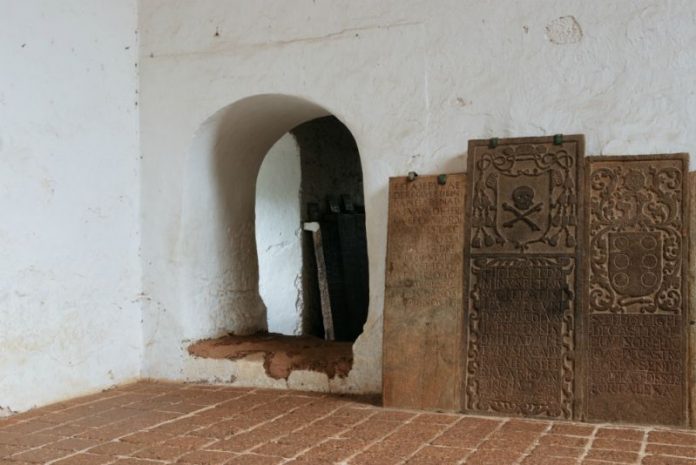Today, St. Paul’s is an open-air ruin.
A short walk from the Dutch Reformed-turned-Anglican church in historic Melaka are the 16th century ruins of a Catholic church from when this part of Malaysia was a Portuguese colonial outpost.
Know as St. Paul’s, the originally Roman Catholic church, once under the control of the Jesuits, dates to 1521 and was gradually enlarged over the ensuing decades. St. Francis Xavier even founded a Jesuit school here in 1548. It would also serve as an important staging ground for missionaries to Japan and China.
When Melaka, or Malacca as it was called until recently, became Dutch in 1641 the church became a Dutch Reformed house of worship until the construction of the present-day church in the 1750s. This in turn became Anglican after the British gained Dutch colonial possessions in the Far East.
Today, St. Paul’s is an open-air ruin — the roof, windows and doors are long gone, though the walls are in surprisingly good condition.
What makes this a must-visit when church crawling across Southeast Asia are the historic tombstones scattered throughout the ruined church.
Some of them are centuries old, dating to the earliest period of Portuguese occupation.
It’s definitely not something you would expect in Malaysia.
And if you speak Latin, you should understand the inscriptions.
Spires and Crosses is published every week.
Engaging views and analysis from outside contributors on the issues affecting society…
… Read More
Click Read More to read the rest of the story from our content source/partners – The Christian Post.
